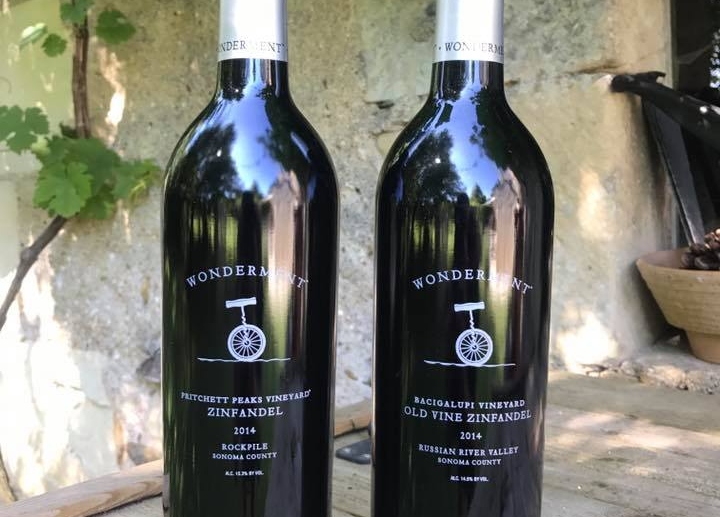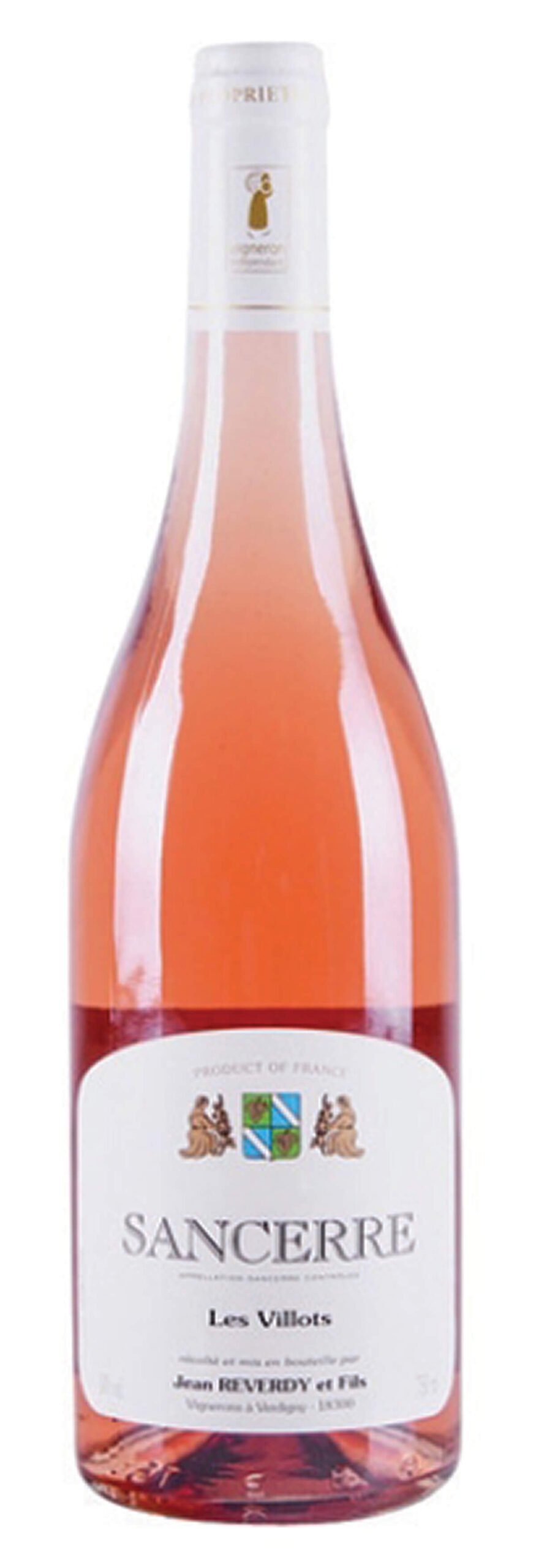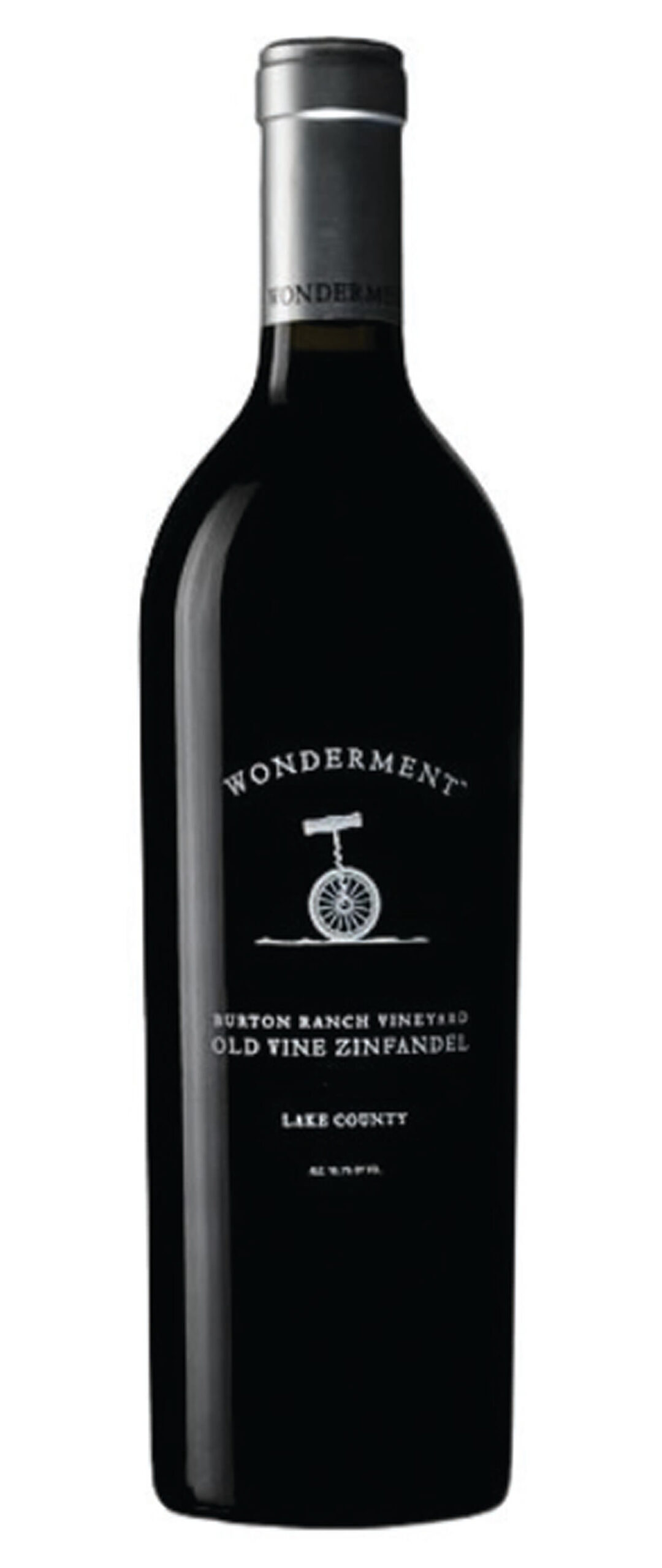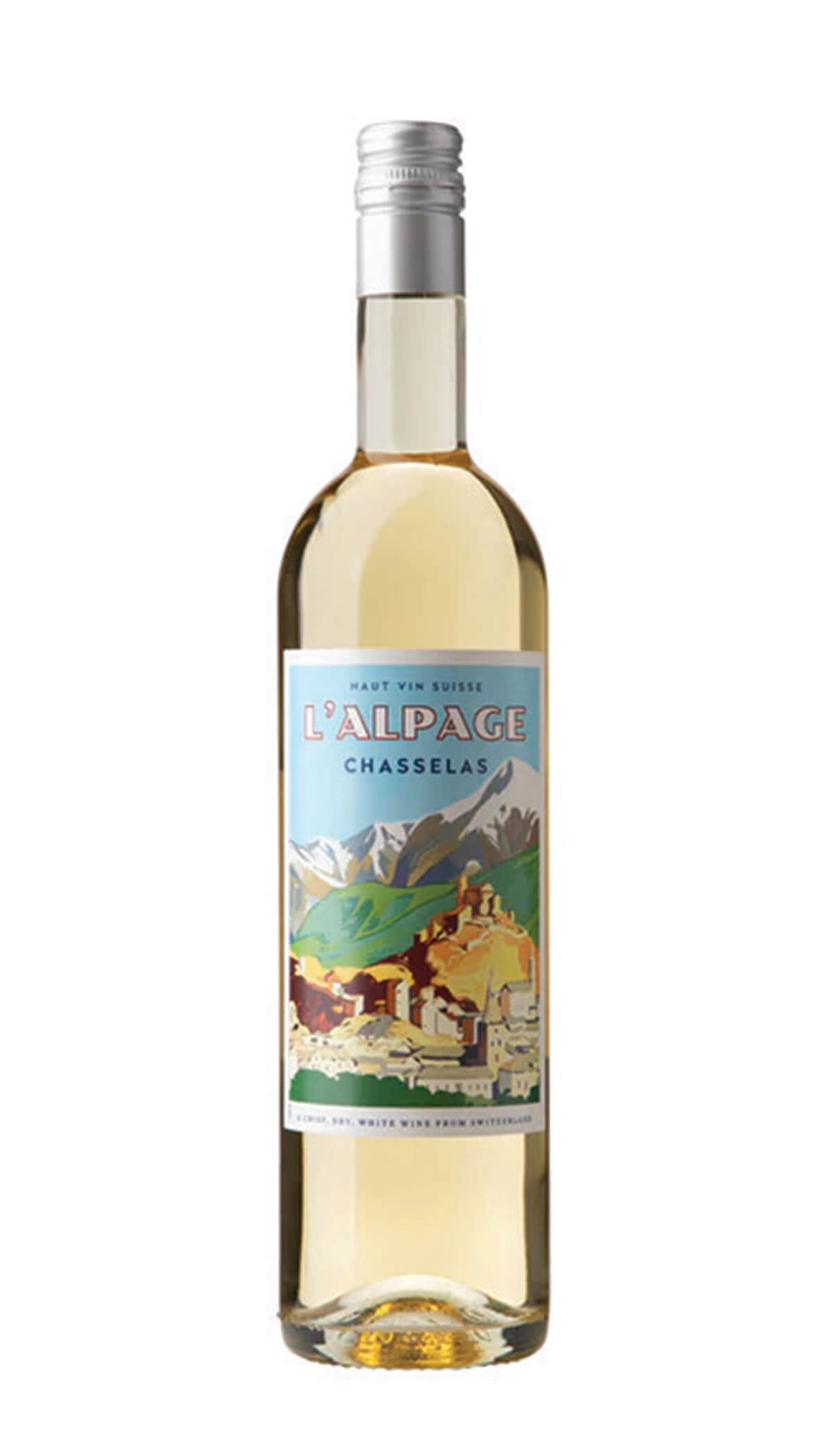Food & Drink
Three Delicious Wines to Welcome the Warmer Weather
A Sancerre, Zinfandel, and Swiss wine to add to your rotation this season.

Jean Reverdy Sancerre Rosé 2022
($30, Kysela Pere et Fils) 
Sancerre, the bucolic French zone synonymous with stylish white wines, also produces a bit of red wine made from Pinot Noir. And where there’s red, there’s rosé. Bled from the red wine production, Sancerre rosé is 100-percent Pinot Noir and offers a sleek take on pink wine. This iteration from superstar Jean Reverdy is a great example, showing off notes of Alpine berries and currant buttressed by a dry finish. Treat this like a hearty white wine when pairing it with food—think soft cheeses, poached salmon, lemon risotto, and even cured meats.
Wonderment Zinfandel “Burton Ranch” 2017
($40, 750 ml, Well Crafted) 
Those of us with a few miles on the odometer remember what might be called the golden age of Zinfandel, a time when we still had to say “red” when talking about it, because the only context most people knew was the pink stuff. In those days “red Zin” was made in the full-bodied style this wine evokes with its raspberries and earthiness. In an era when Zinfandel is mass-produced, this bottle was full of wonderment. Clocking in at a heady 15-percent ABV, it will chase away the chill and demand a cheeseburger.
L’Alpage Chasselas 2021
($28, Free Run Wine Werchants) 
It isn’t often that a Swiss wine crosses our path, so we were excited to encounter this white wine from an obscure spot. Hailing from Switzerland’s Valais region, L’Alpage is crafted from 100-percent Chasselas, a grape variety that precious few producers still grow. This wine is the epitome of a cool-climate white, with light tones of apple, accompanied by a crispy finish. It’s versatile, too. It’s delightful as an aperitif or as an après-hike activity. But the combination of good flavor and zing makes it a natural pairing for fondue, or fish finished in cream sauce.
Fun Fact: Switzerland may seem like an odd place to grow grapes, but it has a history of wine-making that stretches back over 2,000 years. It was the Romans who really got the wine ball rolling, with historical evidence of Roman involvement dating back to the year 2 A.D. Incredibly, over 90 varieties of grapes are grown in Swiss wine country, and most of them are either indigenous or rarely planted in other countries. Pinot Noir is the dominant red wine variety, and Chasselas takes the crown for white wine. Interestingly, almost all Swiss wine production gets sucked down by the locals, leaving very little for export. As a result, there isn’t any such thing as “cheap” Swiss wine, but the good ones compete easily with the best wines of Europe.